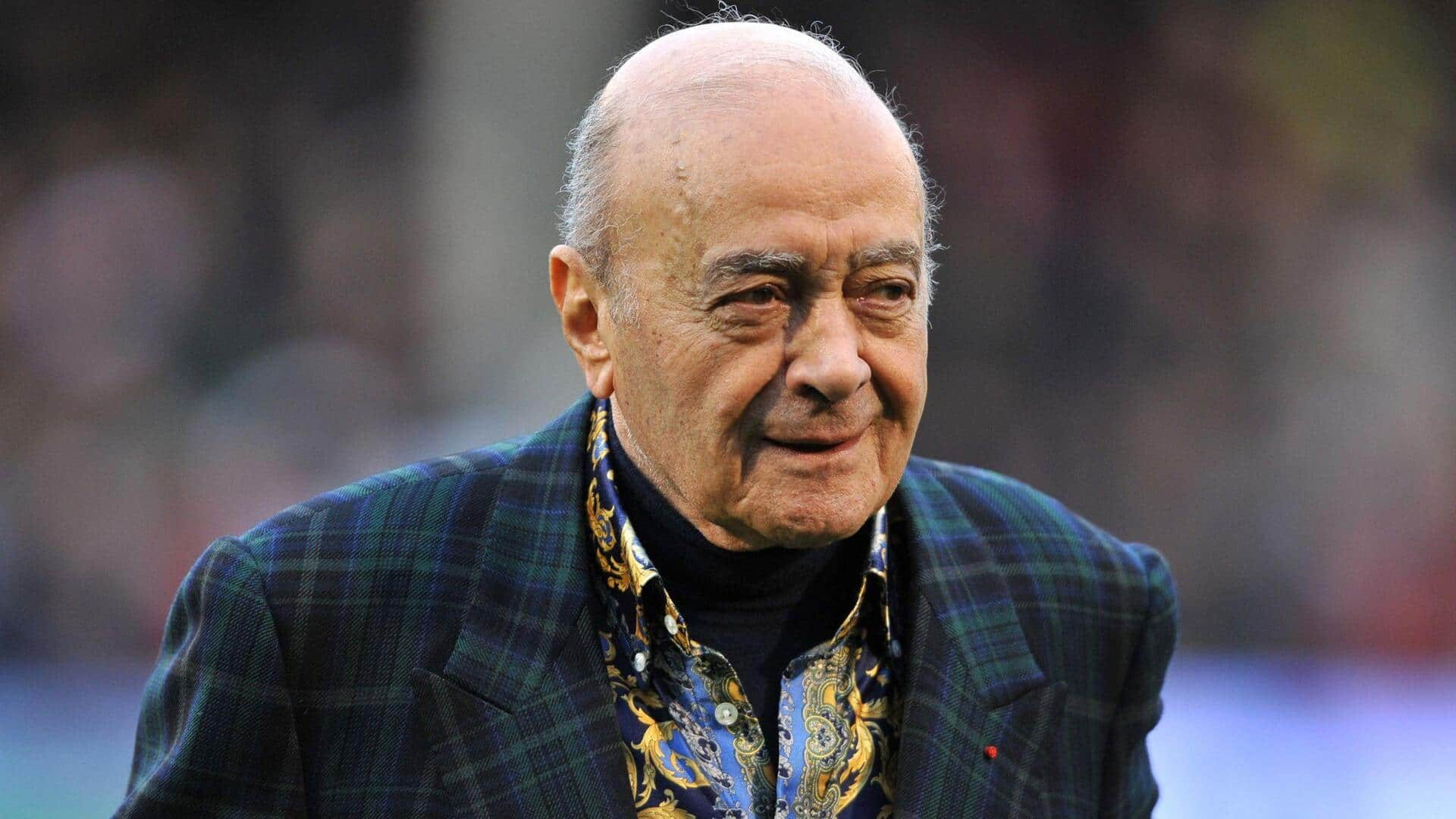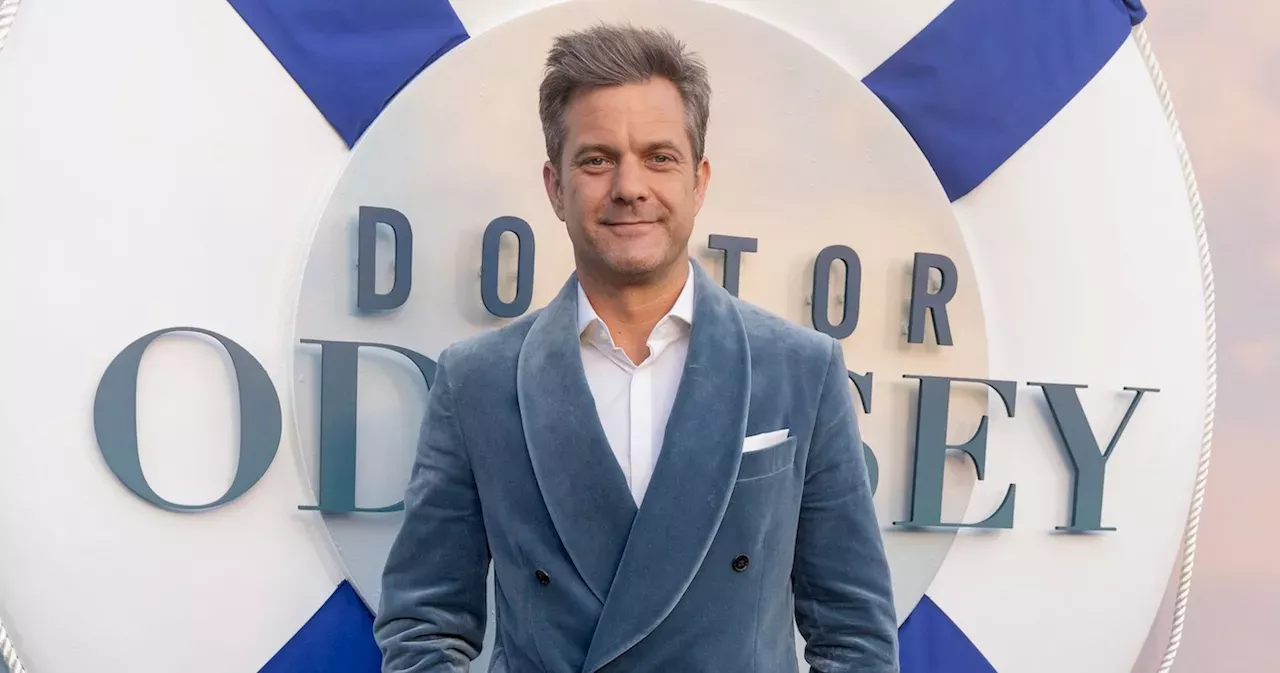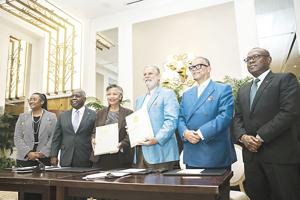BEMIDJI — Just a short trek from Turtle River Lake lies the newest addition to the a dedicated space for Sup sogui Hosu, which means “Lakeside Village” in Korean. Though the Korean Language Village has operated since 1999, the program has split the summer season with other language village sites for its youth camps. Following a $5 million donation by Korean philanthropist and luxury handbag producer Kenny Park in 2018, the village’s first phase of construction could commence and was commemorated with a day of activities and recognition on Saturday.
“Everyone in this room has played a significant role in establishing our Korean Language Village on the shores of Turtle River Lake,” CLV Executive Director Mary Maus Kosir said during the site’s dedication ceremony. “We take special note of the parents who entrusted the care of their children in our hands to ensure that they have a first-rate experience here in this immersion camp.” The Korean Language Village opened earlier this month for its first campers who were able to showcase their skills by performing Korean songs and immersing themselves through other activities of the day.

Upon arrival, the village provided guests with several opportunities to experience authentic Korean culture. Attendees could sign up for various classes to learn calligraphy, Tae Kwon Do, K-pop dance, drumming and paper-folding among others. Korean cuisine was spotted throughout the village including a chicken dish prepared by actor Ryu Soo-young, a dish he prepared while filming a television episode of his camp experience that will air on the Korean Broadcasting System.
Hormel chef Amy Forbis cooked up SPAM rice balls, making note of South Korea being the second largest consumer of SPAM products after the United States. Attendees also embarked on tours of the village that currently includes a dining hall, commercial kitchen, two residence halls, a soccer field and waterfront development. The second phase of development will add a cultural activities center, additional villager residences, a sports center with a traditional archery range and a Hanok-style pavilion.
“You’re seeing fewer villagers than we’re used to enrolling — even though we have long wait lists — because our village is now half-built,” Village Dean Dafna Zur said. “We are very much hoping that this moment will give us a boost to our capital project so that we can complete our village and teach Korean to all of the students who want to learn. That is our hope and our wish for the future.
” Founding dean Ross King noted his initial reasons for pursuing Korean language and cultural education prior to the program’s launch in 1999: a combination of frustrations and realizations. “The realization came when I started learning Korean at age 19, and realized it was too little, too late. We need more instruction for K-12 students,” King said.
“The frustration came when I became a teacher, and I realized how desperately weak the infrastructure for Korean language education was compared to Chinese and Japanese. We’re decades behind in what we have available to you.” In line with King’s concerns, Park noted an opportunity to partner with the Concordia Language Villages to immerse others in the culture while they were young.
“One of the best things we can provide for young people is the access, motivation and opportunity for them to learn the other parts of world culture and language,” Park mentioned, “and I consider Concordia Language Villages to be the perfect model of how to create global citizens.” B.A.
You, principal architect for a Seoul-based architectural firm, paid close attention to detail when planning the village’s design. He noted the other villages’ authenticity to their respective countries and sought to represent Korea just the same. “Korean traditional architecture never meant to conquer nature.
It has always coexisted with nature,” You said. “The existing lakes, trees and hills are part of our garden in this village. Each functional space is an individual building, so if you want to move to another space, you have to go through nature.
” Another theme threaded throughout Saturday’s celebration was U.S.-South Korean relationships.
Presenting via video, noted close economic and military ties between the two nations. Around 95,000 Minnesotans served in the Korean War and the U.S.
clocks in as South Korea’s seventh-largest trading partner in the world — placing an even greater emphasis on the importance of learning the language. “In the 21st century, nations don’t rise and fall on their own,” Klobuchar said. “Three words are often used to describe the tight bond between America and South Korea: ‘We go together.
’” Prior to the ceremony’s conclusion, senior program director Martin Graefe presented Zur with a key to the village, which officially recognized the Korean Language Village’s opening. “Keys obviously open physical doors, cabinets and facilities, but they also symbolically open doors to people’s minds, to prosperity for the language village and to understanding for the future of the culture,” Graefe mentioned. Among other exchanges, Maus Kosir presented Park with a hand-beaded bag created alongside “I was able to work with an Ojibwe woman from Red Lake .
.. and it is in a traditional Ojibwe color — which is blue — in honor of our lakes in the state of Minnesota,” Maus Kosir said as attendees gave a round of applause.
Other speakers included U.S. Ambassador Kathleen Stephens, staff member Rebecca Spencer, and villagers Sarah Deal and Oren Kim — the latter three providing remarks in Korean.
Attendees then crowded outside of the dining hall to witness an official ribbon cutting ceremony followed by a reception and toasts. Energy remained ecstatic as villagers, staff and guests celebrated Sup sogui Hosu together. “We often think of teachers as people, and generally they are,” Concordia College President Colin Irvine left off, “but sometimes, teachers are places.
This village is the kind of teacher that makes us appreciate the value of being together, in and for the world.” More than 2,000 youth from all 50 states and several countries have attended one-, two- or four-week sessions at the Korean Language Village. The four-week session is equivalent to one year of high school language instruction and attracts more than 40 students each summer.
More information can be found at.



















